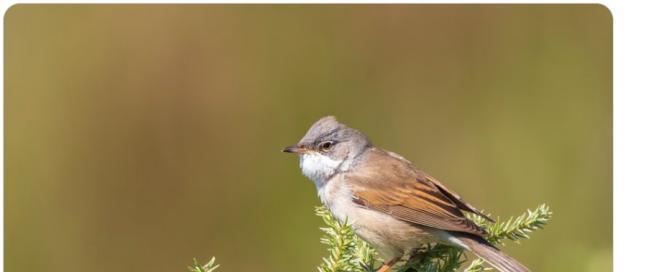By Ayat Abourashed
It all started with a tweet.
West Nile Virus: From Public Reaction to Scientific Action
Back in August 2020, amidst the COVID-19 pandemic’s peak, the Dutch National Institute for Public Health and the Environment (RIVM) took to Twitter to announce this finding.

The response was a mix of confusion and concern, with tweets ranging from humorous misunderstandings to genuine fear of another looming pandemic:
- “Has a bird infected all of Utrecht with corona”
- “the East Nile seems to be very dangerous”
- “And now? Lockdown for all birds?”
- “Panic! We have to go into lockdown!!”
- “Lockdown! Now! This is dangerous”
- “When is the national lockdown?”
These reactions highlighted a crucial gap in public awareness.
West Nile vs. COVID-19:
Unlike COVID-19, West Nile Virus (WNV) primarily infects birds and is transmitted to humans by mosquitoes, not from person to person. Here’s what you need to know about WNV:
- WNV is spread by mosquitoes that have bitten infected birds.
- Most people infected with WNV will not show symptoms.
- In rare cases, WNV can lead to severe neurological issues.
Public Perceptions and the Role of Education
The flood of worried tweets exposed a clear idea: there was a disconnect between scientific knowledge and public understanding. As scientists and educators, it’s our duty to bridge this gap.
We asked ourselves: Are we effectively communicating the risks and preventive measures related to diseases like WNV?
Developing the MosquitoWise Tool
To answer these questions, we embarked on a two-year study to develop MosquitoWise, a survey tool designed to measure the public’s perception of mosquitoes and mosquito-borne viruses (MBVs). Questions were created using the Health Belief model framework, a widely studied behavioral change model that predicts certain behaviors. The survey was validated across three different countries in Europe: the United Kingdom, the Netherlands and Spain. This tool offers a way to inform experts and public health authorities on baseline perceptions, knowledge and intended and actual preventive behaviors. Understanding these baseline concepts can help guide national preparedness and control plans across Europe.
Key Findings and Next Steps
While the full results of the study are still forthcoming, early insights suggest different levels of perceptions and intended preventive behavior between people living in the United Kingdom, the Netherlands and Spain. We’ll delve into the specific findings for the Netherlands and Spain in our upcoming article.
How to Protect Yourself
Here are some simple steps you can take to reduce the risk of WNV:
- Use insect repellent when outdoors, especially at dawn and dusk.
- Wear long sleeves and pants in mosquito-prone areas.
- Remove standing water from your property to prevent mosquito breeding.
- Keep windows and doors screened to keep mosquitoes out.
Conclusion
Understanding and preventing the spread of diseases like WNV starts with awareness. By educating ourselves and our communities, we can take control and protect our health.
Links and Resources
For more detailed information and to contribute to our understanding of WNV, check out the MosquitoWise tool here, and stay tuned for our next article!




